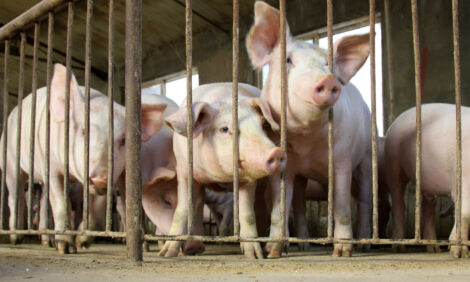



Standardised Total Tract Digestibility Improves Pig Diet Formulation
CANADA - A research scientist with the Prairie Swine Centre says the use of standardised total tract digestibility to formulate swine diets provides a more accurate estimate of available as opposed to non available nutrients, writes Bruce Cochrane.The Manitoba Swine Nutrition Survey 2013, which questioned commercial swine feed formulators about the methods they use to formulate swine rations, found an increasing number are basing phosphorus inclusion on standardised total tract digestibility.
Dr Denise Beaulieu, a research scientist nutrition with the Prairie Swine Centre, says we've been using standardised ileal digestible amino acids for several years and the 2012 edition of the NRC uses standardised total tract phosphorus digestibility.
Dr Denise Beaulieu-Prairie Swine Centre:
As a nutritionist I want to know what proportion of that nutrient is actually available to the animal.
If half of that nutrient is being excreted I need to know that so I account for that when I'm formulating that ration.
When I look in tables of nutrient requirements for example those don't account for how much is being excreted.Those are how much is staying within the animal.
The other reason of course is these days when we're formulating rations we're always cognisant of the environment for example.
And finally in terms of cost, in terms of economics when I'm formulating a ration and when I'm costing out that ration I'm assuming that those nutrients are staying within the animal and being used by the animal.
If they're being excreted, if it is not digestible then I want to be able to put a cost on that.
I want to be able to know how to adjust my ration and the cost of that ration to account for that.
Dr Beaulieu says the main advantage of using standardised total tract digestibility to formulate swine rations is in knowing how much of that nutrient is staying within the body, how much is being used by the animal and how much is being excreted into the environment.







